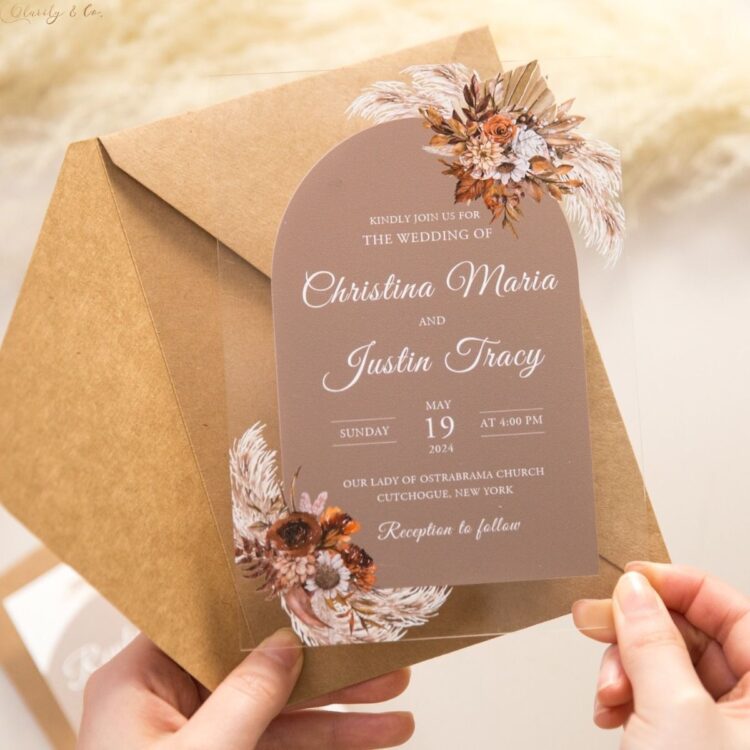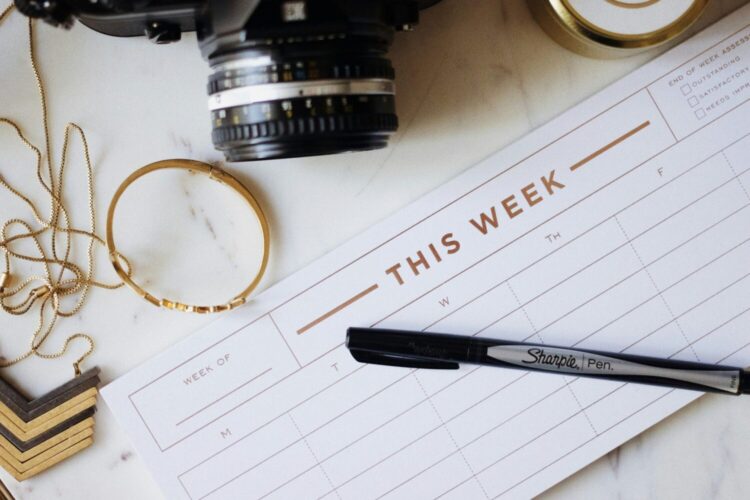Planning your own wedding is absolutely doable—and, honestly, it can be a beautiful experience.
If you’re someone who thrives on organizing, loves creative projects, and is conscious of the budget, going the DIY route might be perfect for you.
As someone who’s helped put together elegant bridal showers and intimate events without professional help, I can tell you—it’s not just possible, it’s meaningful.
Let’s break it down together. Here’s how you can plan a wedding without hiring a planner—and still make it unforgettable.
Key Highlights
- Break your wedding plan into clear stages: budget, vision, vendors, and execution
- Stay organized with spreadsheets, checklists, and shared calendars
- Use free online tools and communities to stay on track and get inspired
- Learn how to negotiate, compare, and book vendors with confidence
- Discover the importance of a detailed day-of schedule
- See how wedding directories can save you hours of research
Start With Your Budget and Vision

Before diving into anything else, sit down (with your partner, of course) and decide what you’re comfortable spending. Be realistic—not idealistic.
Your budget will guide every decision, from guest count to the type of venue.
Once your number is clear, talk about your vision. What kind of wedding do you want? Outdoorsy and rustic? Chic and modern? Intimate backyard or a small winery?
Even if you’re unsure of the exact theme, just knowing the vibe will help narrow choices and cut down the overwhelm.
Don’t skip this part—it’ll shape every choice moving forward.
Build a Timeline That Makes Sense
You don’t need a planner to create a realistic timeline. Start by choosing your wedding date, then work backward. A simple spreadsheet or Google Calendar can help keep track of all your tasks and deadlines.
Give yourself buffer time, especially for key bookings like the venue, photographer, and catering. Most couples take 12–18 months to plan their wedding comfortably, but it’s all about your pace. Just make sure every month has defined goals—this helps keep things calm and under control.
Research Vendors Early (and Smartly)
Vendors make or break a wedding. Start looking into venues, photographers, caterers, florists, and DJs or musicians early on.
Read reviews, ask for referrals, and don’t be afraid to reach out with questions. Ask for pricing upfront so you’re not wasting time on options outside your range.
One of the most helpful tools during this stage is a wedding directory like WeddingWin.
It simplifies the whole search process by bringing together local vendors with contact info, images, and honest reviews—all in one place.
I can’t count the number of hours I saved by browsing through categories and comparing services at a glance.
Especially if you don’t have vendor connections, this kind of tool is a lifesaver.
When comparing vendors, look beyond price—think communication, flexibility, and whether their style matches your vision.
Decide on the Guest List and Invitations

Creating the guest list early helps with everything from picking the venue to figuring out catering costs. Keep it realistic—each guest means more cost per head.
Once your list is fairly set, design and send out save-the-dates (especially if your wedding is during a busy season).
DIY platforms like Canva are fantastic for creating beautiful, personalized invites on a budget.
Think through whether you want printed invitations, digital RSVPs, or a wedding website. All three options can work; just make sure it aligns with your guest list’s preferences.
Organize Decor, Rentals, and DIY Touches
This is where your creative flair can shine. If you’re planning without a wedding planner, you’ll likely be doing much of the decor yourself—or at least coordinating it.
A few things to consider:
- What can you rent (like chairs, linens, or lighting)?
- What can be DIY’ed (centerpieces, signage, favors)?
- What can you buy secondhand or repurpose?
Pinterest is great for inspiration, but be realistic with your time and skill level. Choose one or two areas to go all-in creatively, and keep the rest simple but polished.
I’ve seen DIY signs made from old window frames steal the show. It’s the personal touches guests remember most.
Keep Track of Contracts and Payments
One thing a planner usually handles: tracking all the nitty-gritty like contracts, due dates, and payment schedules.
But you can do this with a simple system.
Create a folder (physical or digital) for:
- Signed contracts
- Invoices
- Payment due dates
- Key contact info for vendors
Set calendar reminders for each payment and schedule check-ins with vendors a few weeks before the wedding.
A little organization here prevents massive stress later.
Build Your Wedding Day Timeline

About 4–6 weeks before the big day, start putting together your wedding day schedule. This is crucial if you don’t have a day-of coordinator.
List everything from when hair and makeup start, to vendor arrival times, ceremony timing, speeches, and the first dance.
Share this timeline with your vendors, officiant, and a few reliable friends or family members.
Pro tip: assign a point person (not you) for the day-of. Someone calm and trustworthy who can answer vendor questions and handle any small hiccups so you can just enjoy your day.
Don’t Be Afraid to Ask for Help
Even without a planner, you’re not in this alone. Friends and family are usually more than happy to help if you give them a clear task.
A few ideas:
- Ask a bridesmaid to track RSVPs
- Have a friend in charge of coordinating playlists or music transitions
- Let a sibling take over the DIY station (like assembling favors or signage)
Make a list of everything that needs doing in the final two weeks, and delegate what you can. People want to help—you just need to guide them.
Final Thoughts

Planning a wedding without a wedding planner isn’t about doing everything solo—it’s about knowing what you want, staying organized, and leaning into resources that make the process smoother.
You can absolutely plan a day that’s joyful, beautiful, and entirely yours.
Keep your goals realistic, focus on what really matters to you and your partner, and don’t sweat the tiny stuff.
You’ll be surprised how smoothly things can come together when you have a solid plan—and a few spreadsheets.
And when in doubt, remember: you’ve got this.
 Hi Boox Popular Magazine 2025
Hi Boox Popular Magazine 2025



